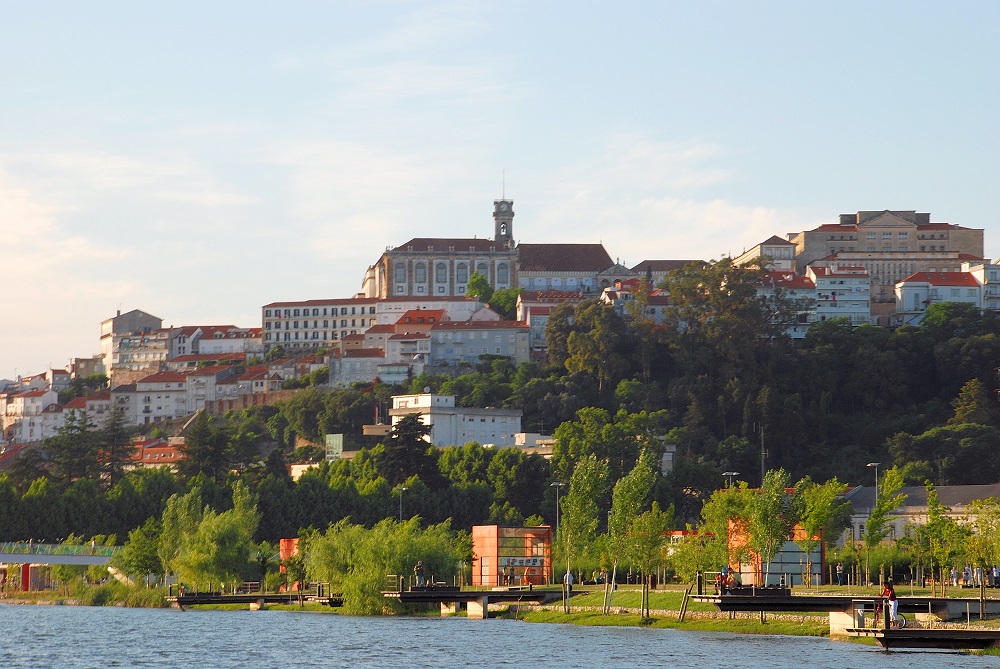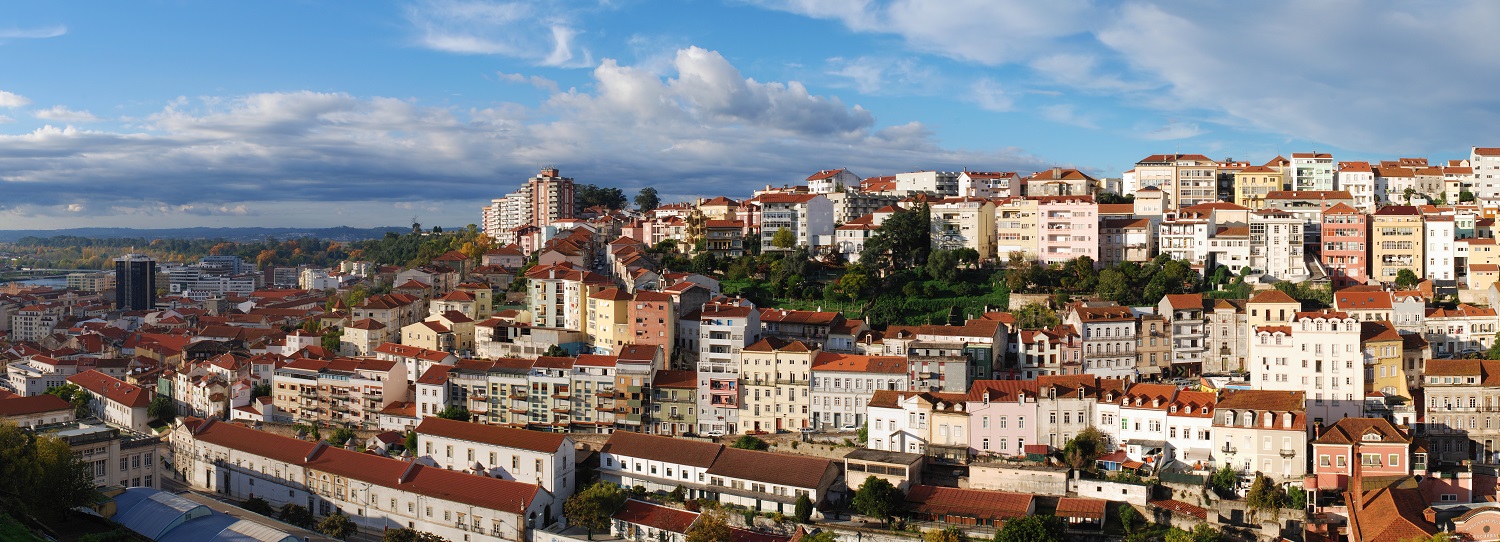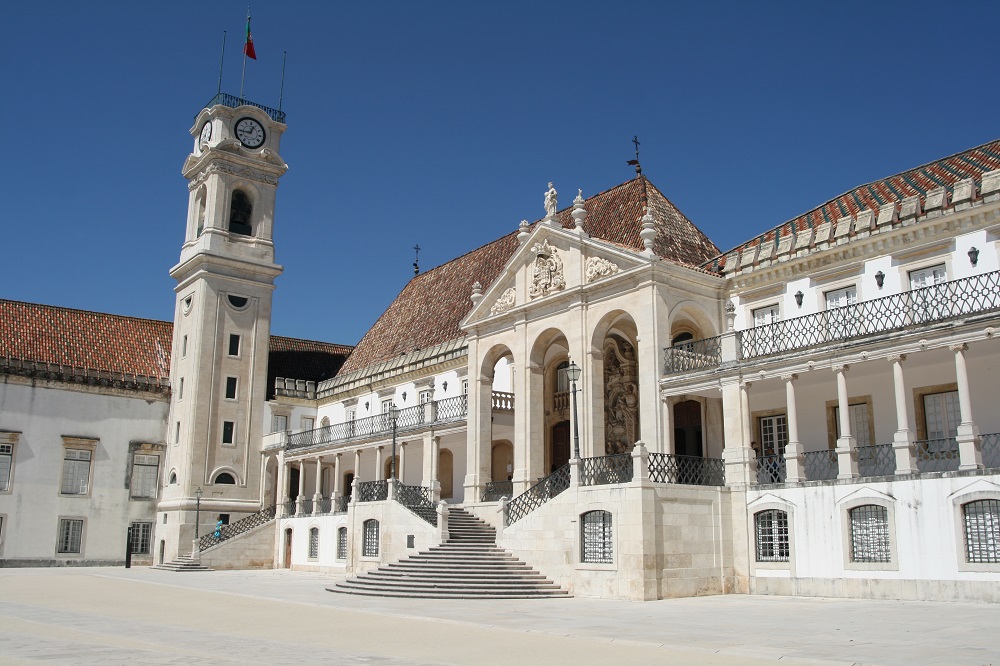Coimbra
The city of Coimbra is involved in a misticidade very characteristic of it, among the fruits of the seeds planted in the past, the Portuguese memories here there passed and made a bit of history, young people now study and enroll in universities, calling for a better future, both for them and for Portugal.
Despite the prehistoric remains are few, they testify to the human presence in what is the current city limits. Already at the time of the Romans, there remains a cryptoporticus which is in the former Bishop’s Palace, located in the National Museum Machado de Castro. When the fall of the Roman Empire, reach new invaders that have altered the city, and in 711 Coimbra is occupied by Muslims, staying for over three centuries, even with the domain made by military orders that lasted a short time. In 1064, Coimbra was conquered by troops of Ferdinand I, and due to its geographical position was divided between Muslim south and the Christian north, raising it a Mozarabic community.

The first monarchs Coimbra declare the capital of the kingdom for two centuries, in which after the building of the University, this provided the formation of an urban center with remarkable buildings. Since 1537, new colleges were implemented, on which stand next to the Royal Palace and Sofia Street, downtown.

Keeping their academic vocation, joining the renewal of the University held by the Marquis of Pombal, which completely changed the structure of the city, promoting the natural sciences and Experimentation in the eighteenth century. In the nineteenth century, there has been a population increase, which increased the urban fabric, which highlights the Fifth urbanization plan of the Monastery of Santa Cruz. In the next century XX, the city suffers new changes to the construction of the new campus, which shifted the population was in High Coimbrã for new neighborhoods erected in the city.
In the ’90s, with the continued expansion to the areas of the Valley of Flowers and Boavista, which was erected the Campus II of the University that is dedicated to science and technology, located on the right bank of the Mondego. Already around the University hospitals in Celas, rose the Pole III of the University that is dedicated to life sciences.




